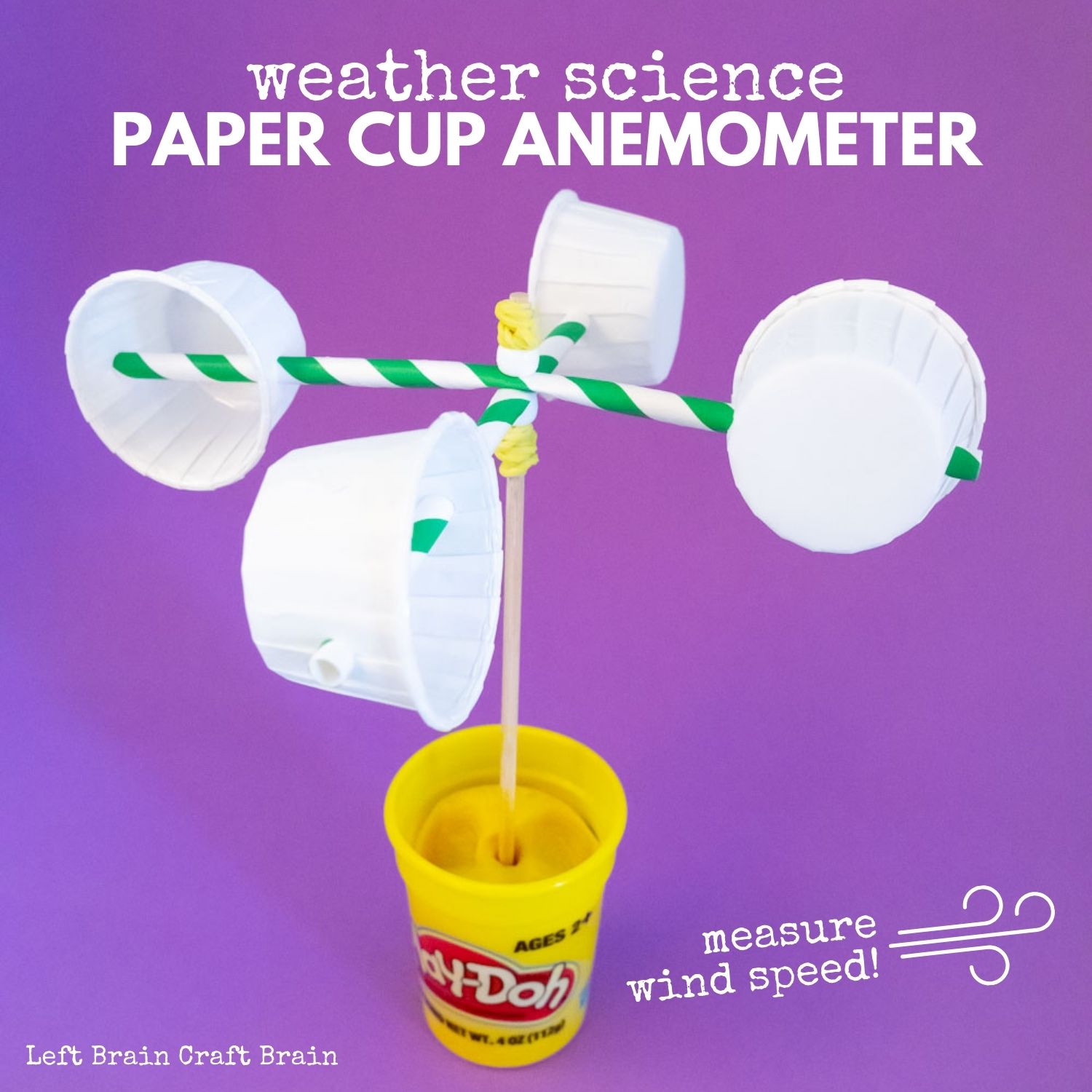Selecting the Right Anemometer: A Comprehensive Buying Guide
Selecting the Right Anemometer: A Comprehensive Buying Guide
Blog Article
Checking Out the Functions and Benefits of Anemometers for Weather Condition Enthusiasts and Experts
From mug anemometers to sonic anemometers, each type brings its distinct set of advantages and applications, dropping light on numerous elements of climatic problems. As we dive right into the features and benefits of anemometers, a deeper understanding arises not only of dominating weather condition sensations yet additionally of the wider effects for fields like wind power production and ecological study.
Significance of Anemometers in Weather Condition Monitoring
Anemometers play an important duty in climate surveillance by offering precise dimensions of wind speed, helping in forecasting and understanding weather patterns. These instruments, ranging from standard cup anemometers to contemporary ultrasonic anemometers, are crucial for meteorologists, researchers, and climate enthusiasts alike.

Sorts Of Anemometers and Their Applications
The most typical types of anemometers include mug anemometers, vane anemometers, hot-wire anemometers, and ultrasonic anemometers. Mug anemometers consist of 3 or 4 mugs mounted on horizontal arms that revolve with the wind, determining its speed. Vane anemometers, on the various other hand, use an easily turning vane to line up with the wind direction, giving both wind rate and direction measurements.
Cup anemometers are durable and ideal for general climate tracking, while vane anemometers are favored for directional dimensions. Ultrasonic anemometers are non-intrusive and use high precision, usually made use of in research study and specialized weather monitoring applications.
Benefits of Utilizing Anemometers in Forecasting
In weather forecasting, the utilization of anemometers provides indispensable benefits for improving the precision of climate projecting. Anemometers determine wind rate and instructions, offering important information for predicting weather condition patterns. By incorporating wind data into forecasting models, meteorologists can better recognize the activity of climate systems, anticipate modifications in weather, and issue more specific forecasts.
Additionally, anemometers play an essential role in examining prospective weather condition hazards. Checking wind speeds aids forecasters predict serious weather condition occasions such as typhoons, hurricanes, and winter season tornados with better accuracy. This very early warning system makes it possible for authorities to issue timely alerts and apply essential precaution, lowering the risks to life and building.
In addition, anemometers help in enhancing renewable resource manufacturing. By evaluating wind patterns, meteorologists can determine suitable places for wind ranches and forecast energy output, adding to the effective generation of wind power.

Anemometers in Wind Energy Production
Provided the critical role anemometers play in giving precise wind information for climate forecasting and risk analysis, their relevance reaches the world of wind power manufacturing. Anemometers are essential tools in the area of wind energy, where the dimension of wind rate and direction is critical for determining the feasibility and effectiveness of wind generator installments. By properly gauging wind speeds at varying heights, anemometers assist optimize the placement and layout of wind generators to optimize power outcome.
In wind ranches, anemometers are tactically put to gather real-time wind information that is made use of to examine the potential power production of a website. This information is important in figuring out the economic stability of wind power projects and in projecting power generation to guarantee grid stability. Furthermore, anemometers help in checking wind problems to maximize turbine efficiency, prevent damage from high winds, and ensure the safety and security of personnel operating in the location of wind turbines.
Enhancing Weather Condition Comprehending With Anemometers

Anemometers play a key function in enhancing our understanding of microclimates. These local climate problems can vary considerably from more comprehensive regional forecasts, making it important to have exact information for certain areas. anemometer. By purposefully placing anemometers in various locations, scientists can gather thorough info on just how wind behaves in different terrains, metropolitan environments, or bodies of water
Moreover, anemometers add to improving climate projecting versions by offering real-time data on wind behavior. This info is specifically important for predicting extreme weather condition occasions, maximizing agricultural practices, and sustaining industries like air travel and maritime navigation. Generally, anemometers are very useful instruments that allow us to dive deeper right into the complexities of weather condition systems, eventually leading to more better-informed decisions and accurate forecasts.
Final Thought
Finally, anemometers play an essential function in weather condition monitoring and forecasting by determining wind rate and direction. They are crucial tools utilized by climate enthusiasts and experts to gather accurate information for forecasting climate patterns and analyzing potential impacts. Anemometers likewise have applications in wind energy production, additional highlighting their relevance in both weather forecasting and renewable energy this article sectors. On the whole, anemometers add to boosting our understanding of climate phenomena and boosting forecasting capacities. anemometer.
From cup anemometers to sonic anemometers, each kind brings its one-of-a-kind set of benefits and applications, shedding light on various aspects of atmospheric conditions. These instruments, ranging from standard cup anemometers to modern ultrasonic anemometers, are necessary for meteorologists, scientists, and weather fanatics alike. The most typical types of anemometers consist of cup anemometers, vane anemometers, hot-wire anemometers, and ultrasonic anemometers. Mug anemometers are ideal and durable for basic climate surveillance, while vane anemometers are preferred for directional dimensions. Anemometers are necessary tools in the field of wind power, where the dimension of wind rate and instructions is important for determining the usefulness and effectiveness of wind generator installations.
Report this page